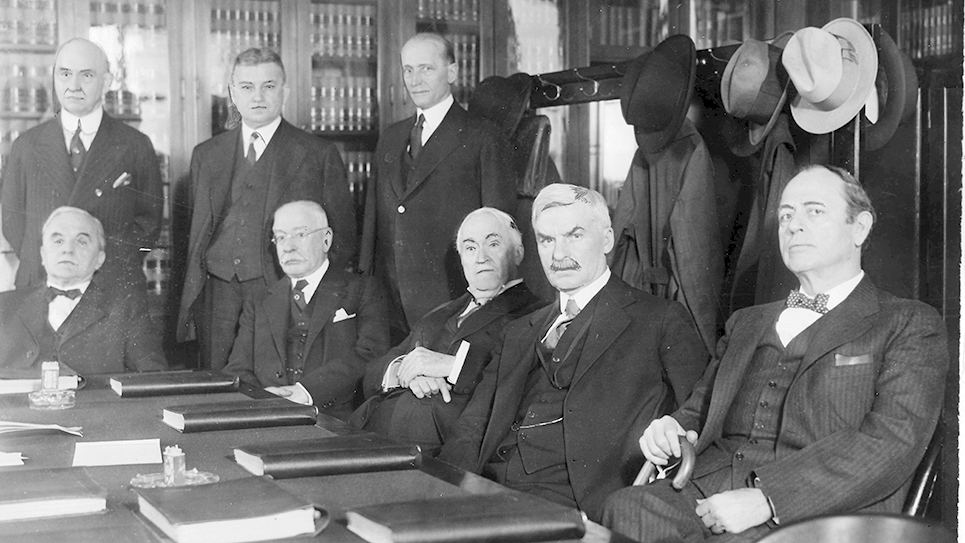By Joe Rector
Easter is just around the corner. As we all know, it is the most important time of the Christian religion. In the 19th century, the Easter Bunny and Easter eggs became part of the celebration because both are symbols of new life. Just like Christmas, the special day is defined by the special traditions that families follow.
The first of these traditions is coloring Easter eggs. Mother boiled a potful of eggs and set them on a rack to cool. She’d then fill several cups with a bit of vinegar and color tablets or a few drops of dye. The whole kitchen reeked with the mixture of the vinegar and boiled eggs.
We boys circled around the kitchen table and dipped eggs into the dyes. Some of the eggs were colored with several different shades while others were solid. Invariably, at least one egg clunked into a cup, and a spider web of cracks ran along the shell. That meant the egg inside would soak up the color. Dal spent time applying stickers or other unique decorations to some eggs. Most important was that we took the clear crayon and scribbled our names on eggs. By the time we finished, all the eggs were replaced on the rack to dry, and our fingers were stained with a variety of colors.
Easter morning, we boys found baskets in the kitchen. The “Easter Bunny” had loaded them with plastic grass, several eggs, and two or three types of candy. Jelly beans were placed in plastic eggs; marshmallow bunnies and chicks (Peeps) sat on the grass; and M&M”s in a plastic bag lay in one corner.
After breakfast, we put on our new outfits, and the whole family moved outside for picture taking. Then we hopped into the car and rode to church for Sunday School and church services. The minister always made the sermon especially long, either because he felt that Easter was the time to drive the Christian message home or because he delighted in torturing children who wanted to hurry home to check out their baskets.
Mother always made us change our clothes when we arrived home. The task lasted only a brief time, and we stood in the kitchen and waited as she and Daddy hid the eggs in the yard. We flew through the screened door when they gave the okay and scoured every corner and shrub for eggs. It took only a few minutes to find them, and we begged for another round. Eventually, Mother called a halt to hunting because she needed to finish the special dinner that she’d begun.
Every year, an egg or two were never found. We grew tired of hunting and gave up on the lost prizes. Of course, at some point in late spring or early summer, the egg reappeared. One of us would crack it open, even though we knew the stink that would emanate from it would send us running in a different direction.
At the end of the day, many of the egg were cracked from having been handled by little hands. Mother took the damaged ones and made a big bowl of egg salad; it would be the makings for school lunches the next day. Eggs that survived whole were returned to the refrigerator until we boys retrieved them for snacks.
Years later, my own children are grown and living in their own homes. No egg coloring or basket making is done at our house anymore. I miss those good times as a child, and I miss the people who made Easter Sunday such a special time.






